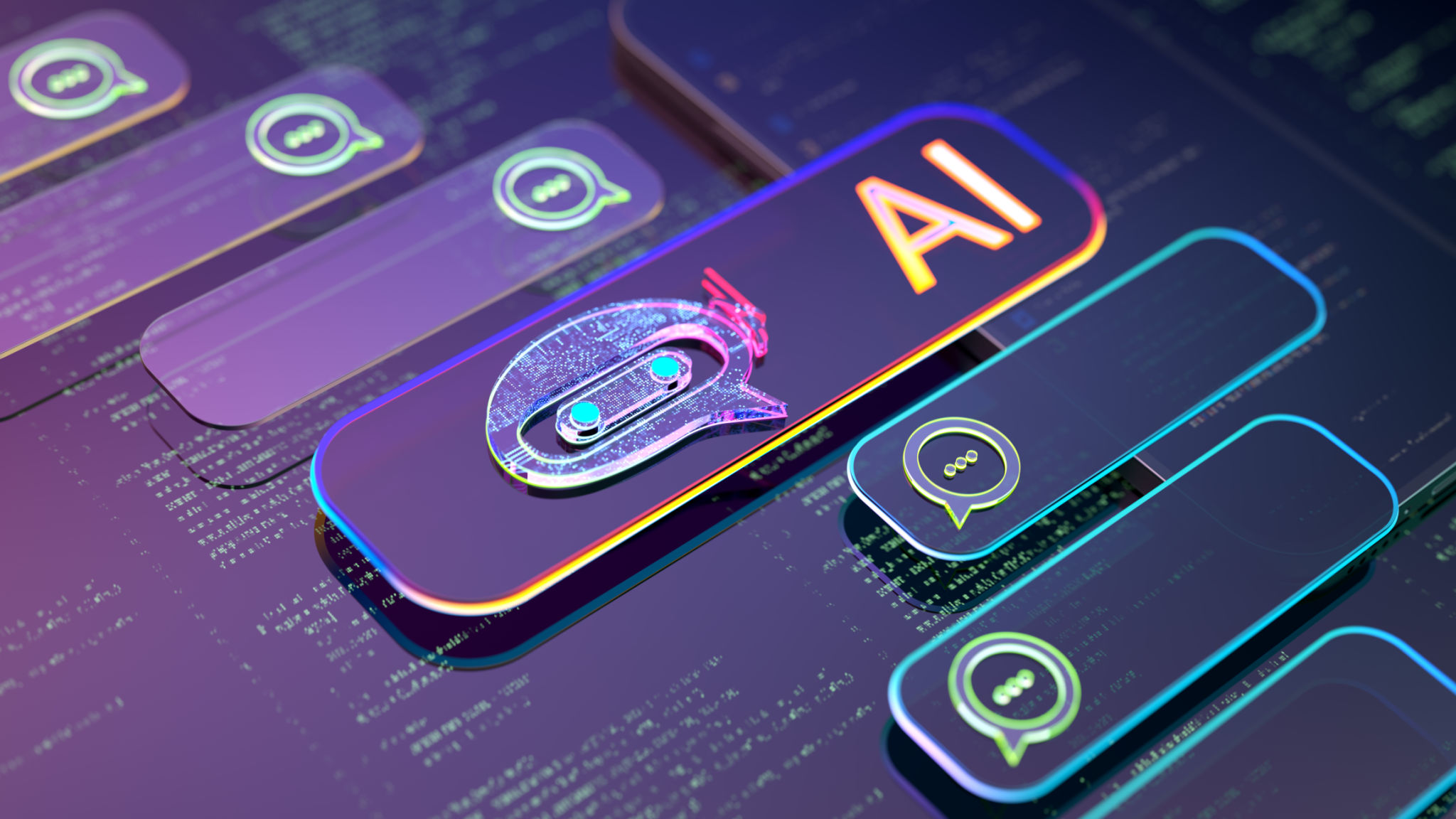Understanding Generative AI: A Comprehensive Guide for Beginners
What is Generative AI?
Generative AI refers to a subset of artificial intelligence that focuses on creating new content, whether it be text, images, music, or more. Unlike traditional AI models that analyze or classify data, generative AI models learn patterns from input data to produce novel outputs. This technology has gained significant popularity due to its ability to generate human-like content.
At its core, generative AI uses complex algorithms and neural networks to mimic the way humans learn and create. The most commonly known type of generative AI is the Generative Adversarial Network (GAN), which involves two networks that work against each other to improve output quality.

How Does Generative AI Work?
Generative AI models rely on deep learning techniques to understand and replicate patterns found in the input data. These models undergo extensive training using vast datasets, allowing them to recognize and reproduce intricate details in new outputs.
For example, in text generation, a model might be trained on a library of books, learning the structure and style of writing. When prompted, it can then generate coherent and contextually appropriate text based on the learned patterns.

Applications of Generative AI
The applications of generative AI are diverse and expanding rapidly. Here are a few key areas where it is making a significant impact:
- Content Creation: Generative AI can assist in drafting articles, creating marketing copy, or even composing music.
- Art and Design: Artists and designers use AI tools to generate novel art pieces or design elements.
- Gaming: In video games, AI can create dynamic environments or characters, enhancing the gaming experience.

Benefits and Challenges
Benefits: Generative AI offers numerous advantages. It can save time and resources by automating content creation processes. Additionally, it provides inspiration for creatives by offering unique ideas and perspectives that may not have been considered otherwise.
Challenges: Despite its benefits, generative AI also poses challenges. Ensuring the ethical use of AI-generated content is crucial, as is maintaining quality control over outputs. Moreover, there are concerns over potential job displacement in industries heavily reliant on creative output.
The Future of Generative AI
The future of generative AI is promising, with advancements expected in both technology and application. As algorithms become more sophisticated, we can anticipate even higher quality outputs and more seamless integration into various industries.
Furthermore, ongoing research aims to address current challenges, particularly around ethical considerations and improving model transparency. As these issues are tackled, generative AI will likely play an increasingly integral role in our daily lives.

Getting Started with Generative AI
If you're interested in exploring generative AI further, there are several resources and tools available to beginners. Online courses and tutorials can provide a foundational understanding of the technology, while platforms like TensorFlow and PyTorch offer frameworks for building your own models.
Whether you're a tech enthusiast or a creative professional, delving into generative AI can open up new possibilities for innovation and creativity. Embracing this technology today can prepare you for the exciting advancements of tomorrow.
